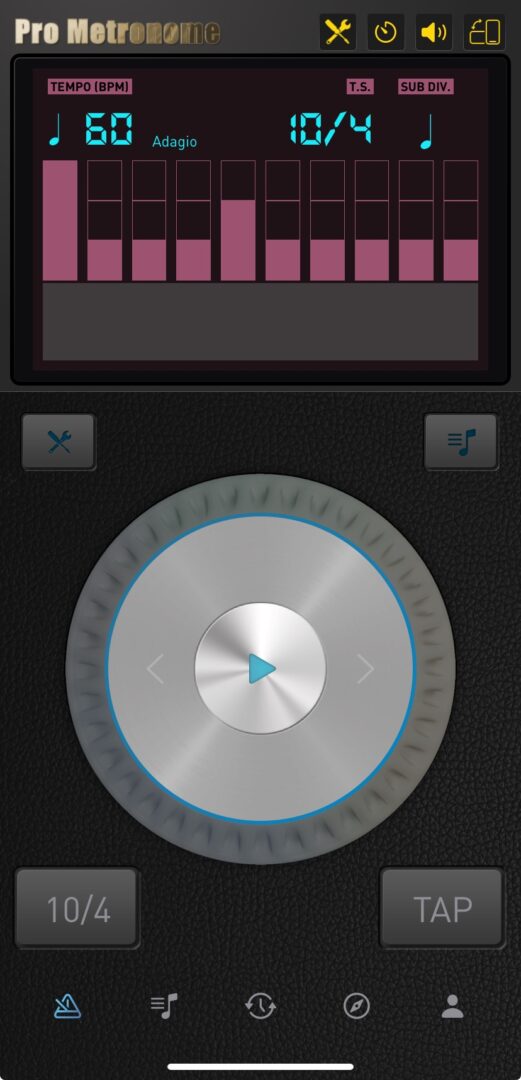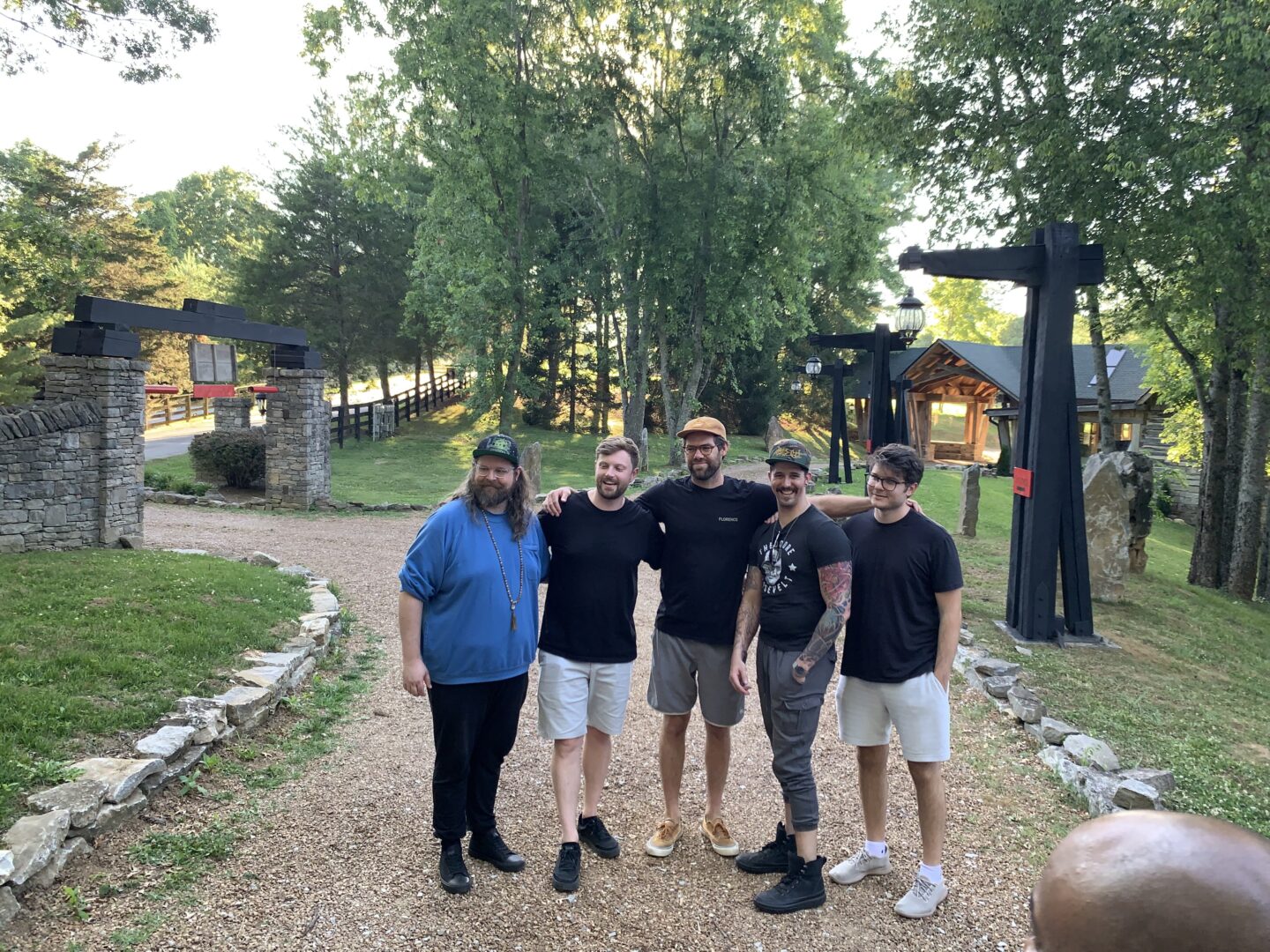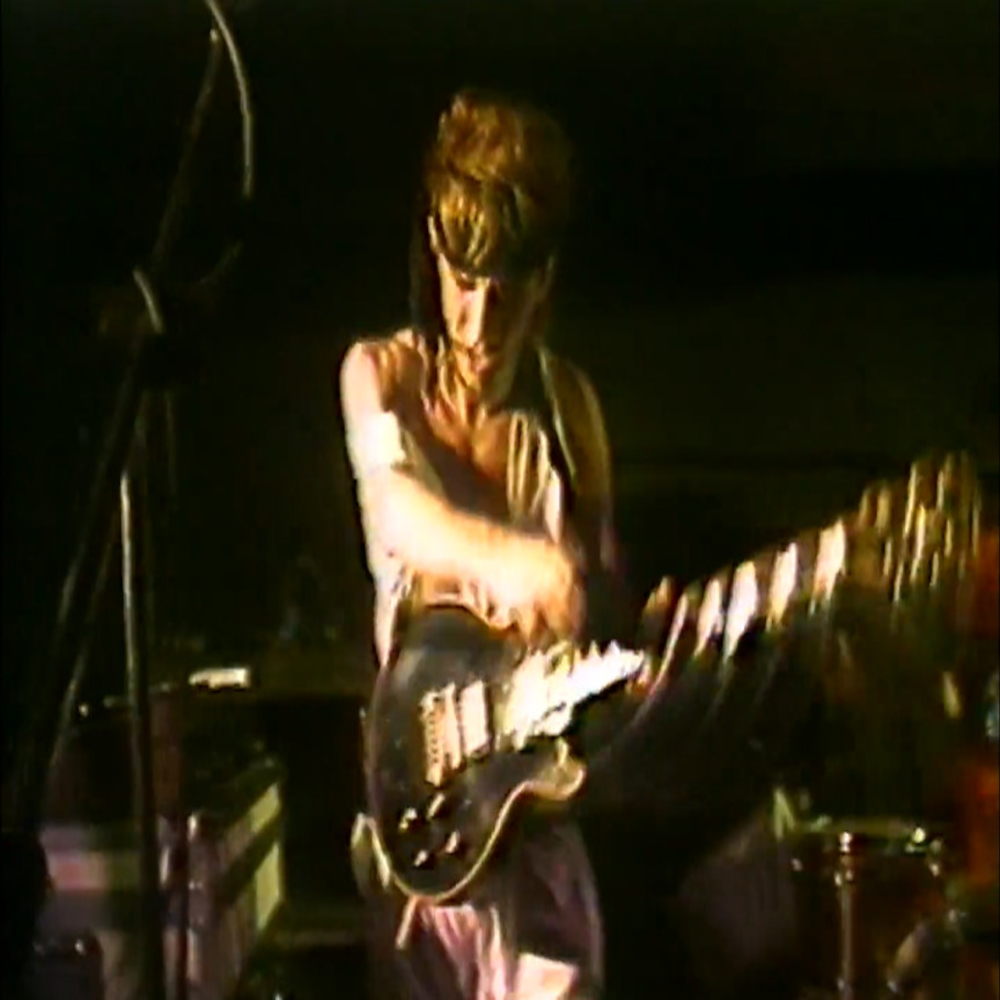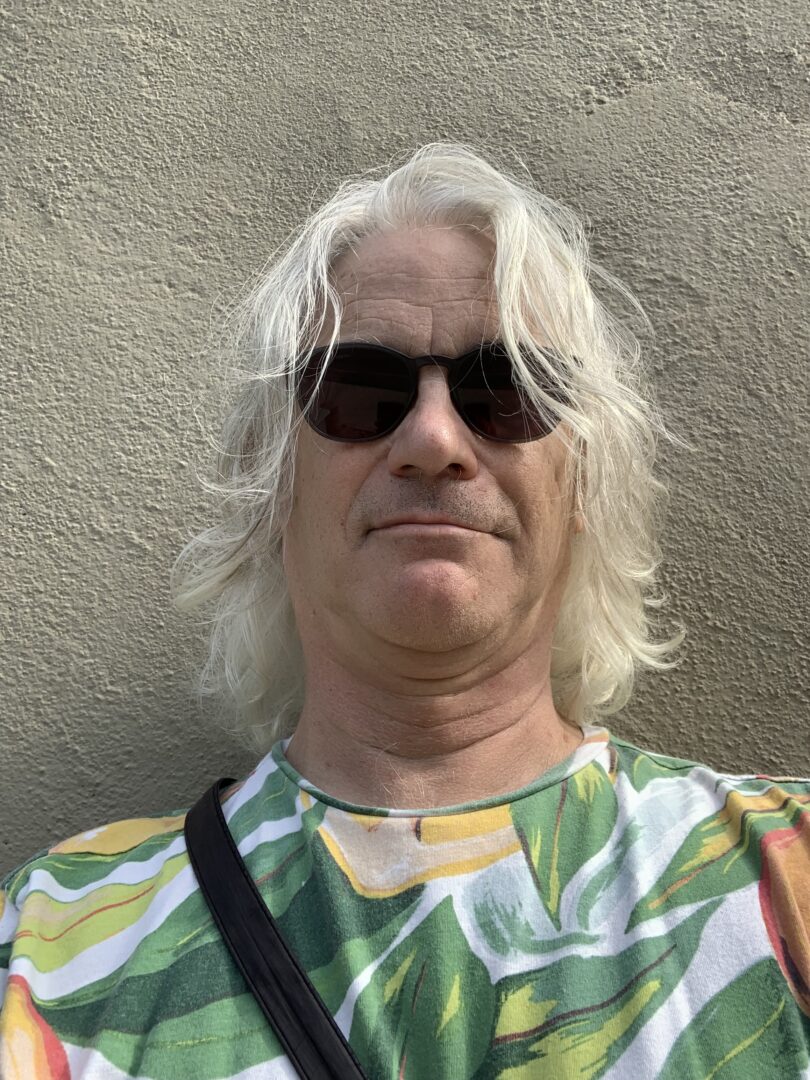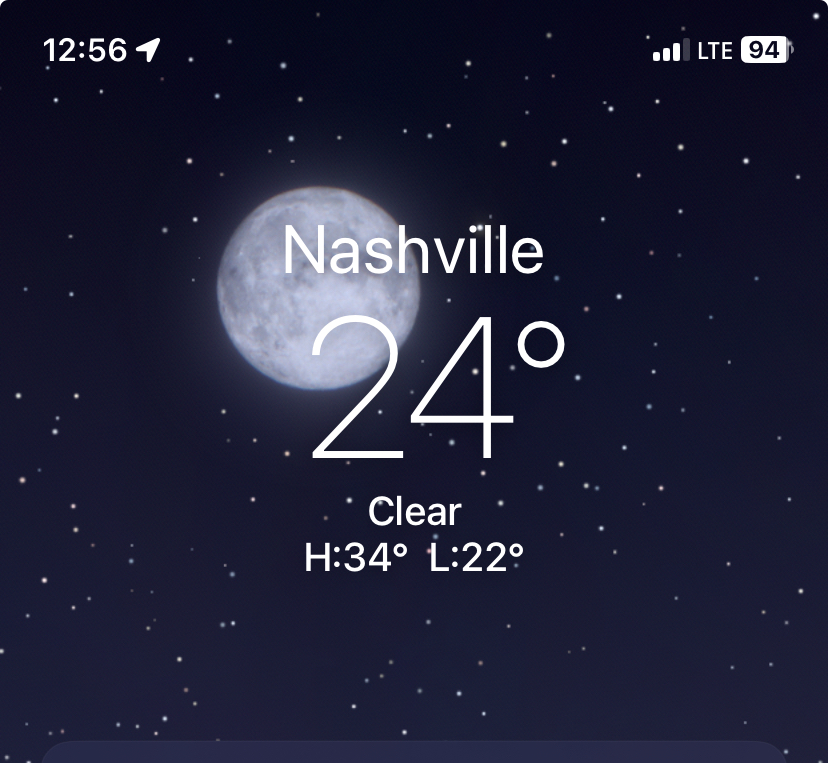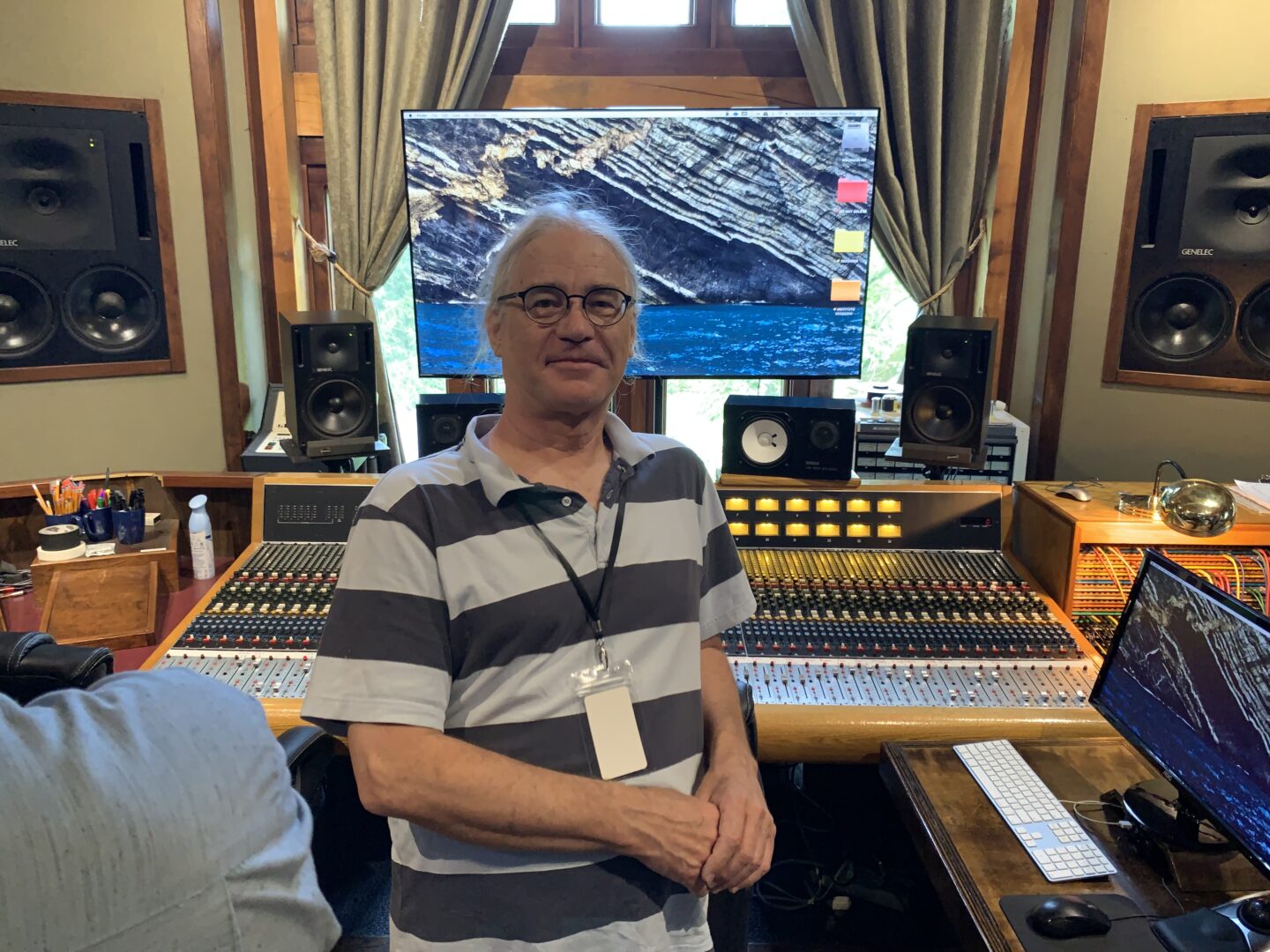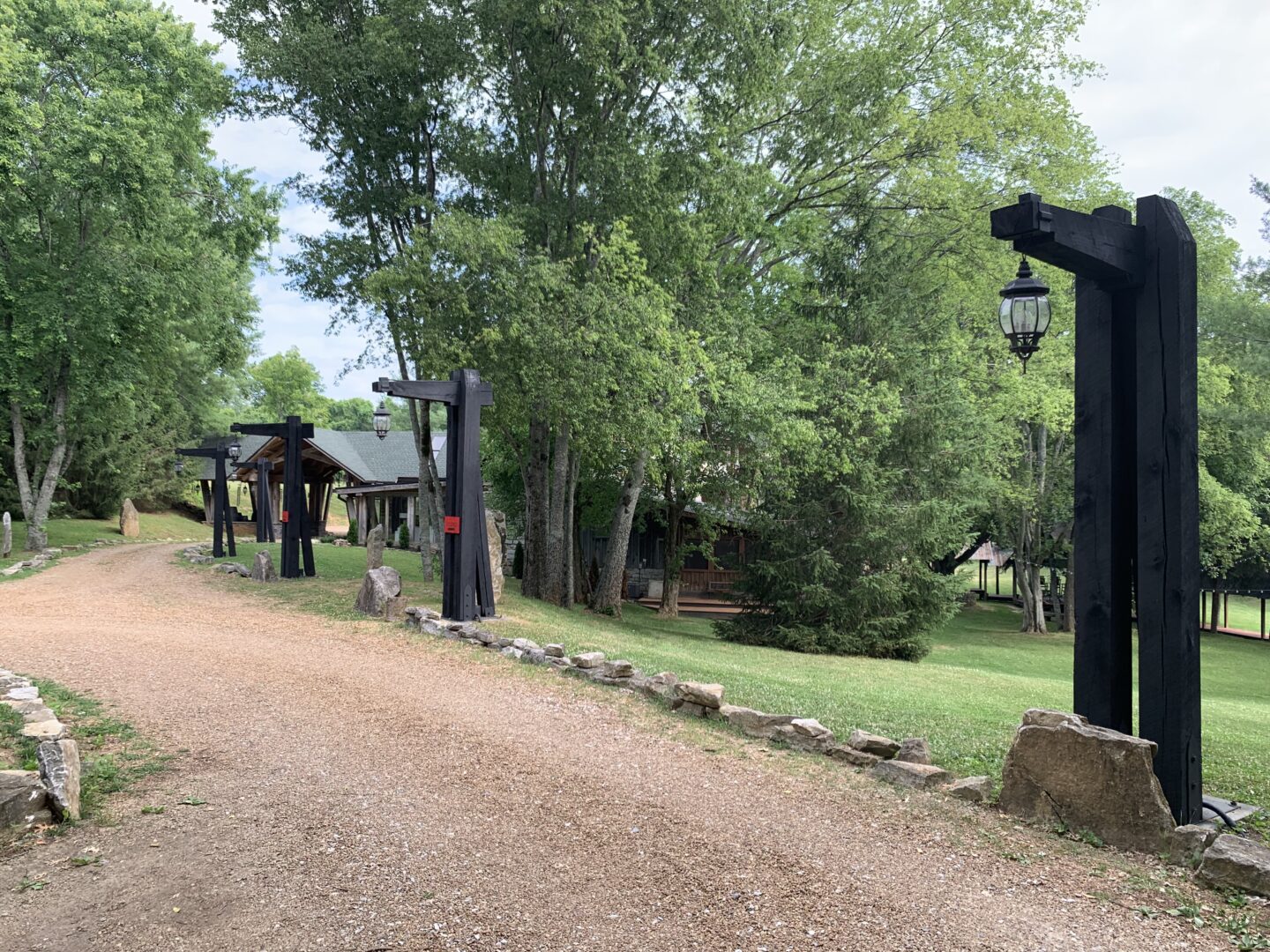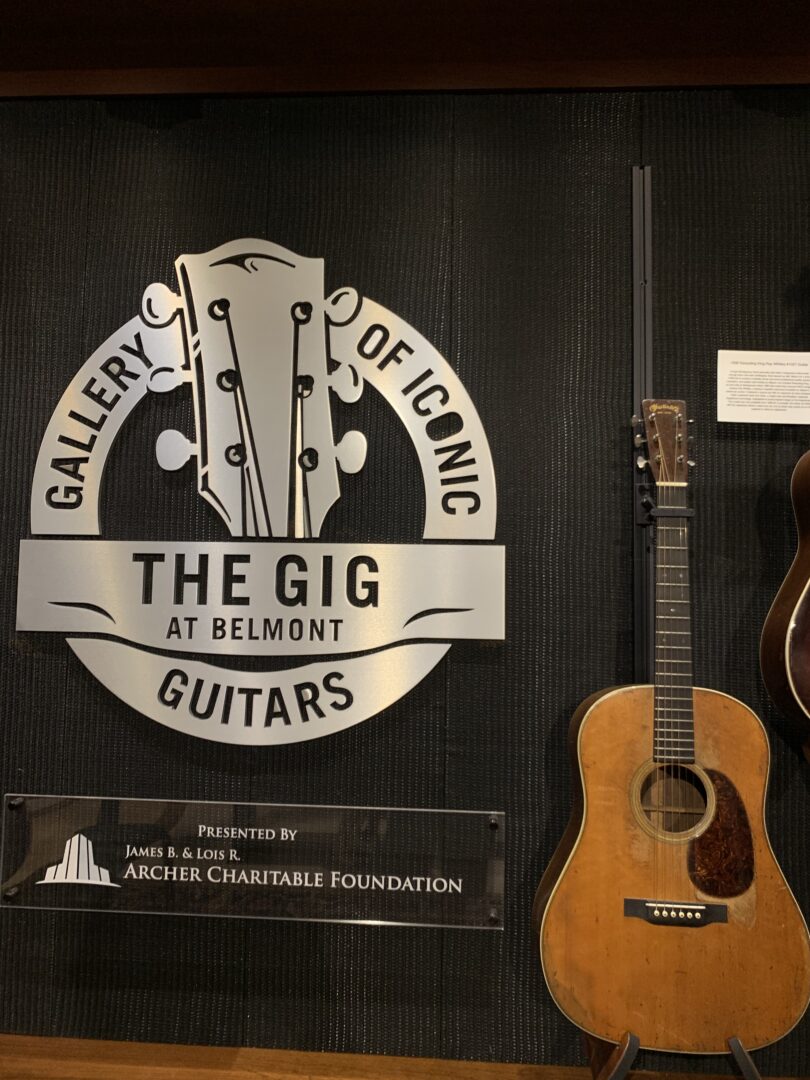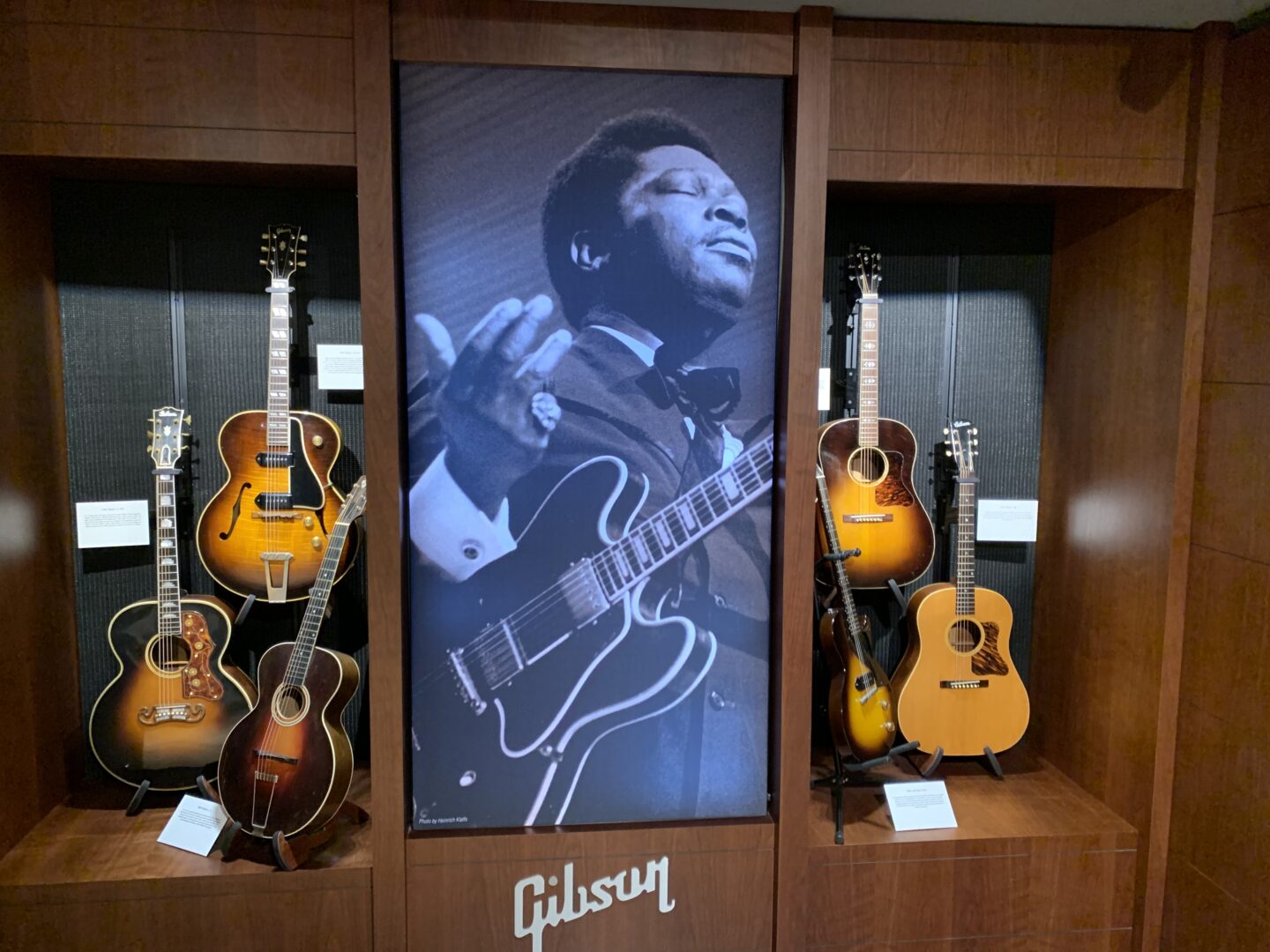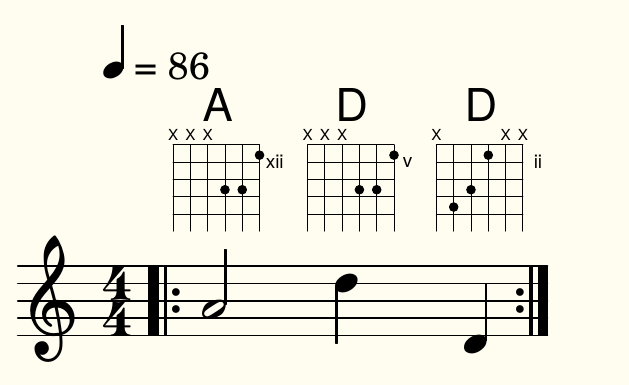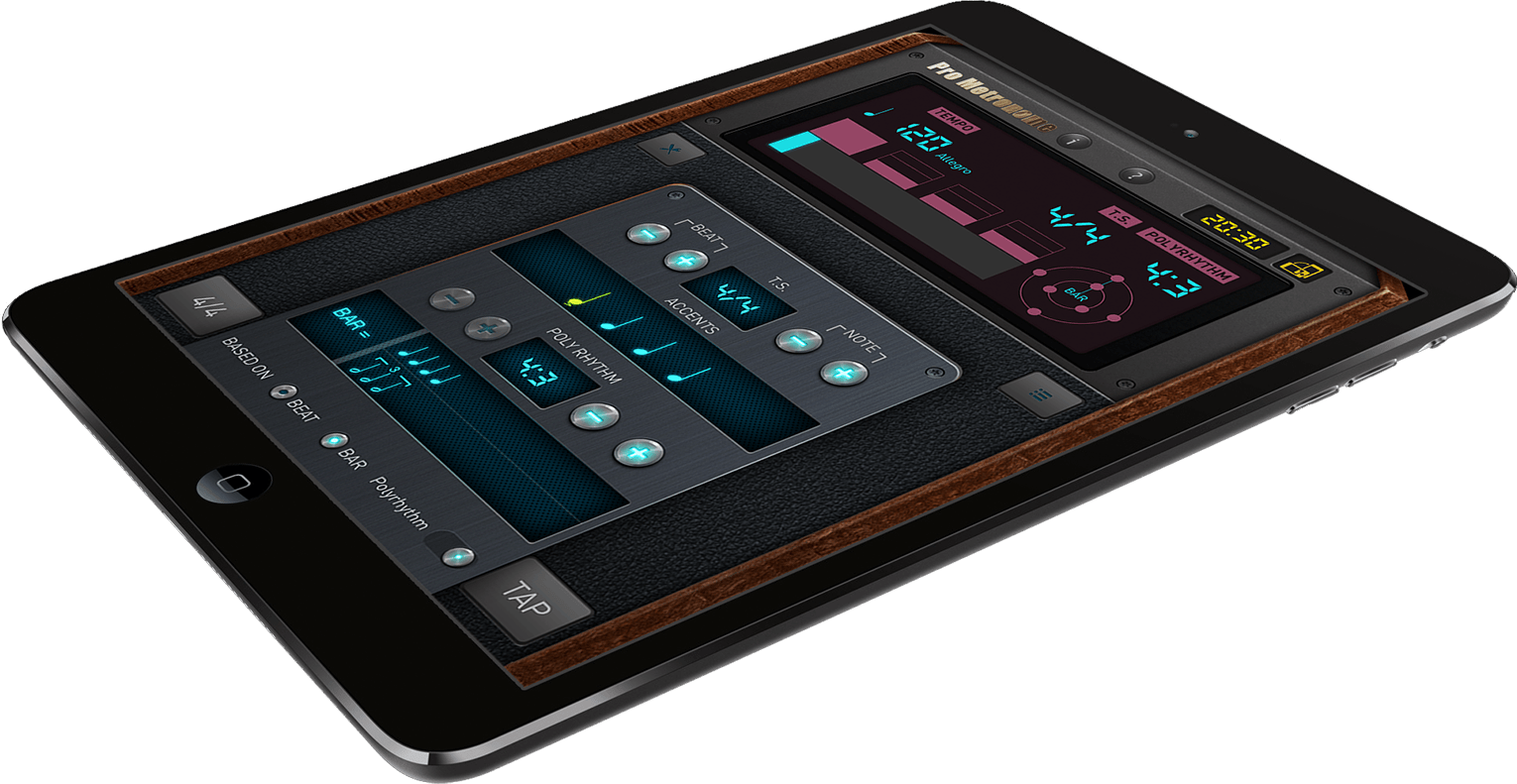Protest songs are the greatest songs
The songs I grew up on were often “political.” Well, maybe not Chewy Chewy (but I think you might make a case for Another Pleasant Valley Sunday). I grew up on the east coast of the U.S.A. in the 60s, and they were political times. Before I heard either of those I’d heard Pete Seeger, Woody and Arlo Guthrie — Blowin’ in the Wind is one of the first songs I learned on guitar, age 9. Like all my friends, I knew every word of Drug Store Truck Drivin’ Man once the Woodstock album came out.
But it was rock songs like Volunteers of America, Won’t Get Fooled Again, Fortunate Son, I Don’t Wanna Be a Soldier, Mama (Imagine, Working Class Hero, Give Peace a Chance)… that made me want to be a songwriter.
Writers penned songs calling for radical change, resistance to the establishment, and active participation in a counter-cultural movement. Titles like these were rallying cries for young people to rise up against societal injustices, particularly in the context of the Vietnam War, civil rights struggles, and broader dissatisfaction with the political and social order of the time.
Volunteers‘s tone is defiant, urgent, and idealistic, urging listeners to take action rather than passively accept the status quo. The aggressive electric guitar, pounding drums, and impassioned vocals amplify the sense of rebellion, making it one of the Airplane’s most politically charged songs.
you’re still fucking peasants as far as I can see
—John Lennon, Working Class Hero
Working Class Hero is a more stripped-down, cynical, and biting tone, and well, the F word was still a big deal — a dare perhaps? No energetic call to action, Lennon’s song is a bleak, acoustic folk ballad that lays bare the psychological oppression of the working class. His lyrics describe a society that systematically crushes individuality and keeps people in line with false promises of success. It’s among the most brutally honest and confrontational protest songs of all time.
Relevance?
No single factor guarantees that a song will endure; rather, it’s the synergy among emotional depth, cultural moment, artistic innovation, and personal connection that elevates certain songs above the rest. A song’s significance often resides in its depth of meaning and craftsmanship, while its relevance is tied to how it speaks to current experiences and continues to find new life through reinterpretation and rediscovery.
Originally dedicated to Greenland and the Faroe Islands, Björk’s Declare Independence (from Volta, 2007) became a fierce anthem encouraging oppressed peoples to break free from controlling powers in Kosovo, Tibet and everywhere people found its message relevant: “Declare independence — Don’t let them do that to you !”
I never thought of myself as a singer or a musician. I just had something to say.
— Leonard Cohen
Trying overtly to be profound will almost always make a song stiff …pretentious or didactic. “The better songs are often ones where the meaning is ambiguous. That allows people to find their own resonance,” says David Byrne. “The music has to feel right, and then meaning finds its way in.” Or Joni Mitchell: “I don’t set out to be deep. I set out to be truthful.” When you have something to say and you say it well, people listen.
Raising my flag
At this point in life I don’t imagine myself writing songs with the impact of the artists I’ve named here. I just love to play my guitar. Sometimes I have things I’d like to say, and sometimes I try to say them well in a song. It seems like it may be time once again to overcome, and we shall. I shall overcome the things holding me back up until now.

